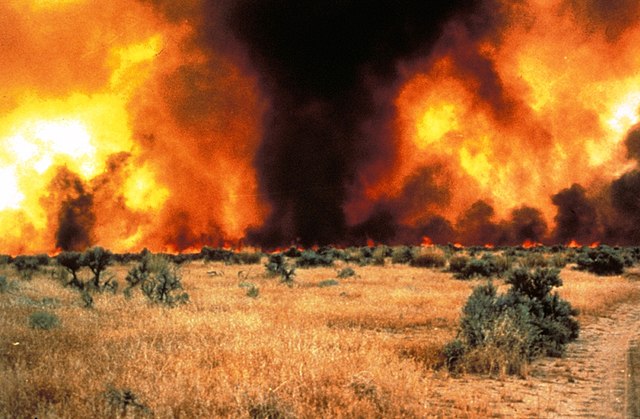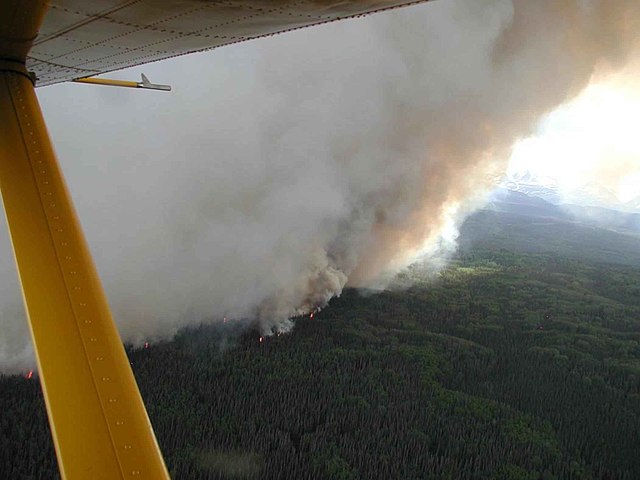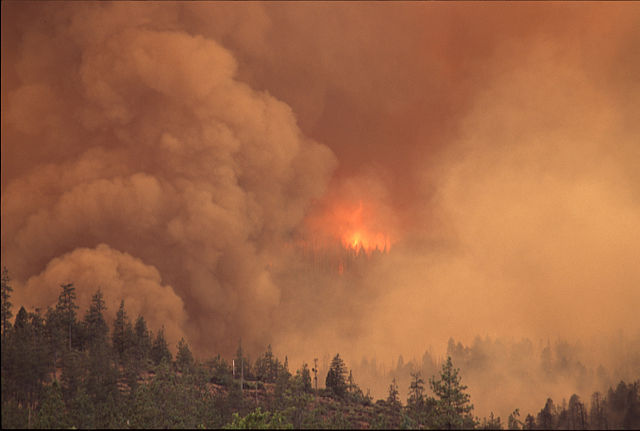Large-scale wildfires are being fueled by a warming environment, which is causing glowing red skies and ash-filled air to become more frequent over much of the US.
Researchers have known for some time that wildfire smoke, along with the toxic chemicals and soot particles it contains, is more than just an unpleasant odor that compels parents to close their windows and keep their children indoors. It’s a serious health risk that can permanently damage immune systems in addition to causing asthma and breathing issues.
The threat, though, is more complex than previously thought and, if it’s possible, more dangerous, according to new research. Pathogens can be snatched up from disturbed soil and burnt plants and transported far from the fire lines by the whirling convection in those massive plumes.

Many of those microorganisms are still alive and could potentially spread illnesses. Researchers are particularly concerned about fungi because they can produce incapacitating and even fatal slow-growing interior infections that are challenging to identify and cure. This includes the fungus valley fever, which thrives in the arid soils of the West, causes a deadly condition mimicking pneumonia, and is moving further north as the climate warms.
Drones carrying sampling gear have already provided proof that smoke plumes are brimming with live germs and fungi. Early research has connected a significant fire in California in 2017 with an increase in fungal infections in hospital patients up to 200 miles distant. Currently, a number of research initiatives are working to precisely pinpoint the microbiological components of smoke and to compare infection data with maps of the directions in which smoke travels during fire seasons.
According to George R. Thompson, MD, a specialist in invasive fungal infections at the University of California, Davis School of Medicine, “we have found plenty of bacterial and fungal pathogens that do pose a significant risk, particularly to our immunocompromised patients: cancer chemotherapy patients, people on medications that knock down their immune system because of autoimmune disease.” But as he notes, “These smoke plumes frequently will go over numerous states, making it difficult to prove the connection to any one patient’s sickness. Even if you notice a rise in a certain infection 500 or 600 miles away from a fire, many people won’t link the two.

In a viewpoint article published in Science two years ago, Thompson argued that “bioaerosols” in smoke posed a threat to human health. Leda Kobziar, his co-author and an associate professor of wildland fire ecology at the University of Idaho, constructs and pilots the drones that fly into smoke plumes to collect whatever microbiological stuff they may contain. She calls this field “pyroaerobiology.” She has shown that the types of microbes differ depending on the location, rate of combustion, and fuel of the fire—underbrush in a prescribed fire, versus building materials and plastics in an out-of-control fire. Smoke not only contains a dense array of viable bacteria and fungi that can be transported over long distances.
Since there have been fires for as long as there have been living things, or for many hundreds of millions of years, Kobziar adds, “we’re really just at the forefront of understanding this mechanism that has probably been driving microbial spread and diversity of life.”

